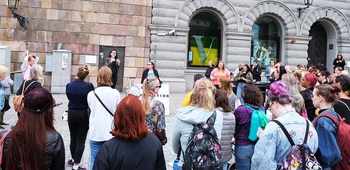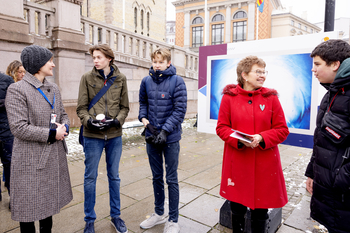Women more active in violent extremist circles than first assumed

Although around 200 women were surveyed in the report “Women in violent extremism”, researchers believe the figures are murky. The report is an analysis of women in violent extremism based on various socio-demographic and criminal indicators.
The women are members of left-wing extremist, right-wing extremist, and violent Islamist circles. The analysis shows that women play far more active roles in these circles and in criminal acts than research has previously shown. The crimes women are suspected of are often related to acts of violence.
In left-wing extremist circles, the vast majority of the women involved are well educated with good grades. They often had good jobs and rarely receive social support from the public sector. This is not the case among Islamist or right-wing extremist women, both of which often have lower educational attainment and a weaker connection to the labour market. This connection is weakest among women Islamists, who are also more dependent on social support from the public sector.
Women in left-wing extremist circles stand out when it comes to criminal acts, with 60 percent of them suspected of a crime. For women in violent Islamist or right-wing extremist circles, the figures are 37 percent and 44 percent respectively.
The researchers behind the report believe that previous research in the area is deficient and that practically all available research has elements of gender discrimination. The report concludes, therefore, that more research is needed to understand the role of women in extremist circles, why and how they are recruited, and what tools are needed to counteract this trend.


